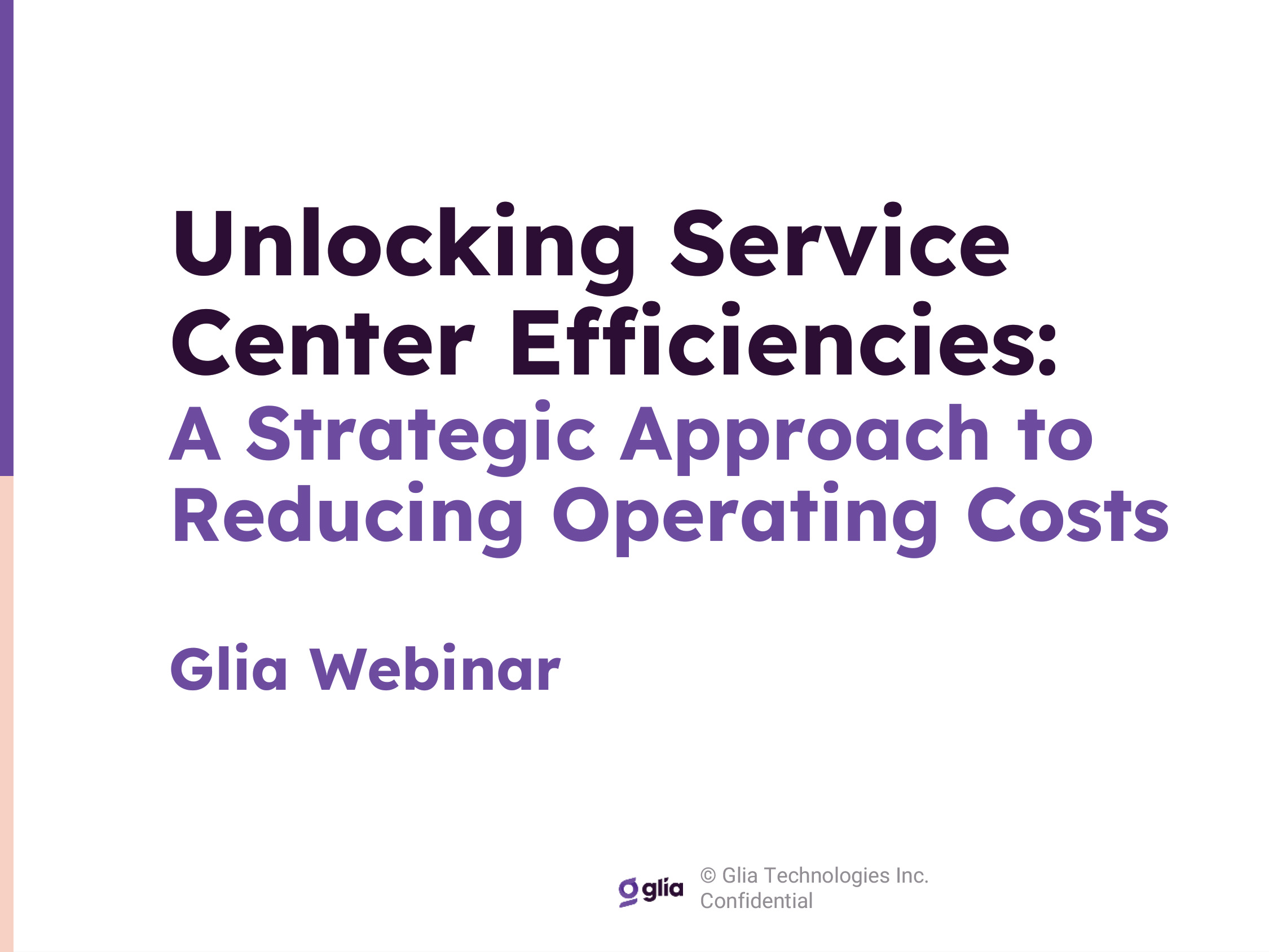The Year of Leaning into the Positive: 5 Absence Management Trends of 2021
Each year, I highlight the absence management trends I see shaping the workplace.
I’m more than a little sad to say that 2021 will continue to be dominated by what drove policies and actions last year — the pandemic.
But not all the changes brought about by responses to COVID-19 have been negative. The virus has accelerated some of the positive trends already underway. Here is what we’ll continue to see in 2021.
1) ADA Compliance
The pandemic has forced some basic rethinking on how to comply with the Americans with Disabilities Act (ADA).
First, there’s the issue of in-person medical treatment and diagnosis. This was previously mandatory; however, it is often not possible right now. I believe at least some of the changes around in-person care and telehealth options will remain beyond 2021.
As we look at accommodation requests, it’s a different conversation when an employee is working somewhere other than the office. In previous years, this scenario was fairly rare, but with the masses of individuals working from home, it is now much more common.
That will continue to be the case in 2021 — and probably beyond.
And with unprecedented numbers of requests for workplace accommodations expected to continue, employers need to focus on what it takes for employees to get their work done — not where they do it. When they get requests for an accommodation, they need to engage in a thoughtful, interactive process.
The changing face of ADA compliance will be a focus of the 2021 DMEC Virtual Compliance Conference.
2) Telemedicine
Diagnosis, and even treatment, through the phone and computer has been predicted for years.
Now it is happening, and it represents one of the largest changes in medicine in decades.
Some of the impact has been negative — there has been medical office closures and job/financial loss — but the accelerated adoption of telemedicine has also had significant benefits for patients.
Routine procedures and prescriptions are, in many cases, much easier to obtain. Patients don’t need to travel to reach medical professionals; nor are they exposed to with the potential risk of contracting illnesses in those offices or via public transportation.
The change has also been a boost for obtaining mental health services. Many employees find it easier to speak with someone remotely. Further, they have a better sense that the treatments are private.
The adoption of telemedicine in all areas of health care will continue in 2021.
3) Mental and Behavioral Health
While new methods of obtaining treatment is good news, the bad news is that far more people are suffering from mental and behavioral health issues. The pandemic, and its economic impacts, are obvious reasons.
This is all leading to what some have termed the “fourth wave” of the pandemic. This wave of mental stress — perhaps compounded by increased alcohol and other drug use — is set to come crashing down on employers.
According to new data from Total Brain’s most recent Mental Health Index, in addition to dealing with depression, stress and anxiety during COVID-19, more women are turning to substances in an attempt to cope. Women’s risk of drug and alcohol addiction is up 65% since September.
Male employees, on the other hand, are showing some signs of post-election mental health relief despite reaching peak risk levels one month ago.
In the previous monthly index, men’s risk of depression was up 69% (154% greater risk than in February 2020), and their risk of general anxiety was up 55% (66% greater risk than in February 2020).
Now, when comparing October to November, men’s focus is up 34%, decision-making skills are up 14%, and risk of general anxiety is down 19%.
Employers will need to double down on efforts to eliminate stigma and communicate about mental and behavior health offerings. As important, they will need to focus on benefits that help prevent mental health issues — including paid leave, financial planning, caregiving support and more.
Employees are under unprecedented stress, and there is every indication it will continue in 2021. Employers need to be even more prepared to help in creative ways and stay attuned to a very changed workplace reality.
4) Diversity, Equity and Inclusion
Social justice issues came to the forefront in 2020 and took on a much larger community dimension than we’ve seen in many years. This included what are believed to be the largest protest activities in U.S. history.
Employers are correctly part of this social discussion.
Forward-thinking employers know that a diverse workforce in which all people are treated fairly benefits all stakeholders. There is more creativity, more innovation, greater ability to identify and tap into different talent pools and enhanced morale and commitment. This has many bottom-line benefits, including reduced absenteeism.
In 2021, employers need to be especially proactive in efforts to improve performance through diversity, equity and inclusion. This includes programs and benefits for all employees.
Absence management professionals should be especially sensitive to the needs of the growing number of employees from diverse backgrounds, those without children, and those in multi-generational households — growing demographics that will continue to reshape social, and therefore, workplace expectations.
5) Back-to-Work
To date, the rollout of COVID-19 vaccinations has been slow and uneven, but it is happening. This means that at least some employees working remotely will come back to the office in 2021.
The process isn’t going to be easy and/or automatic.
We know that the COVID-19 workplace changes and restrictions — from reconfigured floor plans to wearing masks to limited numbers in elevators — will take time to get used to.
Even more challenging will be health-related issues that have built up over the past year or so. Mental and behavioral health concerns have been mentioned above, but there are also physical health concerns.
Employees could come back to work with musculoskeletal issues as well as reduced stamina. Many people have been working what might be called non-traditional shifts; working 8+ hours again in one stretch may require some getting used to.
Layer on the physical and mental strains associated with commuting, unresolved school returns and childcare issues, and the back-to-work picture becomes even more complicated.
As employers start returning employees to the office, it is important to remember that mental, physical and financial wellbeing are crucial, and each is interdependent.
The pandemic has been life-changing for many, and employers should be aligning benefits for a more seamless employee experience. They should find ways to ensure easy access to portals, benefits and services. Also, employers should collaborate with health insurers and their experts to help bring the right wellness solutions to their employees.
Global Workplace Analytics predicts that 25-30% of the workforce will be working from home multiple days a week by the end of 2021.
As employees return to offices, employers need to be ready with programs and processes that help employees re-adjust to life-at-work, while also allowing for the flexibility that has proven compatible with performance. This flexibility includes caregiving and other benefits that enable and empower employees to do their best work no matter where they are located.
We can’t underestimate how challenging and difficult 2020 was, but challenges and difficulties also force necessary change.
The more employers embrace those changes, the lower the risk that 2021 will be as challenging as 2020, and the higher the likelihood that what good did come out of 2020 will be here to stay. &










